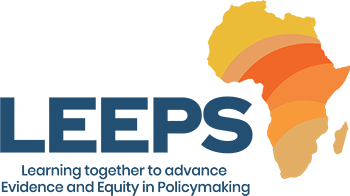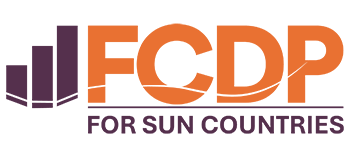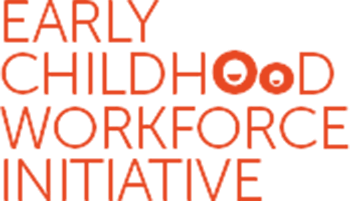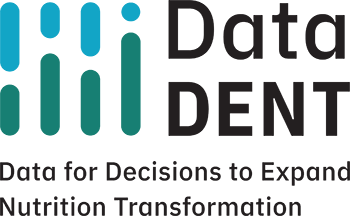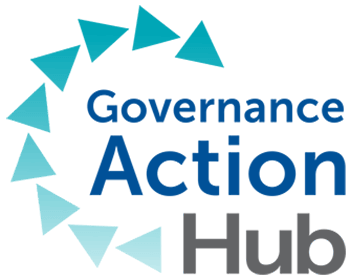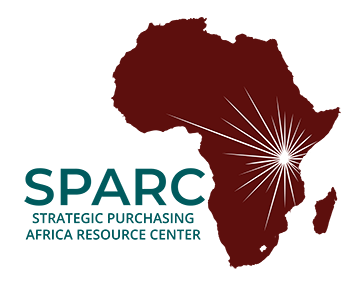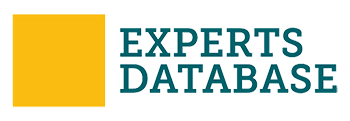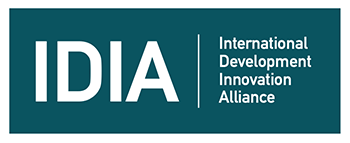Filling an information gap on measuring costs, cost-effectiveness, and benefits of multi-sectoral nutrition solutions through a standard approach.
The Challenge
Combating malnutrition requires a coordinated effort across sectors. While there is emerging evidence on the impact of nutrition-sensitive interventions within multisectoral programs, evidence on the costs, cost-effectiveness and costs vs. benefits of nutrition-sensitive interventions is limited. This data gap impedes the ability of funders, policymakers and program managers to make informed decisions about what interventions to prioritize in their resource-constrained settings to improve nutrition outcomes and achieve nutrition-related development targets.
The Opportunity
The Agriculture, Nutrition & Health (ANH) Academy Working Group on Economic Evaluation of Agriculture, Food and Livelihood Strategies for Health and Nutrition was established in Oct 2017 to improve the knowledge and scientific understanding of economic evaluation methods for multisectoral nutrition programs.Now, the University of Washington Department of Global Health is leading the Strengthening Economic Evaluation for Multisectoral Strategies for Nutrition (SEEMS-Nutrition) initiative to develop a common approach to measure the costs and benefits of multisectoral nutrition programs, with partners including Helen Keller International, the International Food Policy Research Institute, the International Livestock Research Institute, the Global Alliance for Improved Nutrition and Results for Development. This approach will be applied to five on-going projects and one past project retrospectively:
- Bangladesh – Targeting and realigning agriculture to improve nutrition (TRAIN), a randomized control trial to assess the impact of incorporating a maternal and child health and nutrition behavior change communication strategy into a well-established agricultural credit program targeted to women that promotes production diversity and income generation.
- Burkina Faso – Soutenir l’Exploitation Famaliales pour Lancer l’Elevage des Volailles et Valoriser l’Economie Rurale (SE LEVER), improving diets and nutrition through an integrated poultry value chain and nutrition intervention in Burkina Faso.
- Kenya – MoreMilk, an evaluation of the potential of a market-based intervention in the informal dairy sector to generate sustainable and scalable nutrition and health benefits for children.
- Kenya – Marketplace for Nutritious Foods, a skills-building and financial investment project to create local markets full of diverse, nutritious, and affordable foods.
- Malawi – Nutrition Embedded Evaluation Programme Impact Evaluation (NEEP-IE), a cluster-randomized trial of an agriculture/nutrition intervention to improve children’s diets and household production of nutritious foods through community-based pre-school meals in Malawi.
- Nepal – Suaahara II, the nationwide multisectoral nutrition strategy, including homestead food production, that aims to reduce the prevalence of low birth weight, stunting, wasting, and underweight among children under five years of age; underweight among women of reproductive age; and the prevalence of anemia among these categories of women and children.
Application of the approach across these programs will generate robust and reliable data on costs and benefits, making analyses on the cost-effectiveness of programs and the return on investment possible. This will enable decision makers to make informed choices regarding new investments, scale-up opportunities, prioritization of funds and much more.
R4D’s Work
R4D’s work within the SEEMS-Nutrition partnership ensures that the common approach and its outputs respond to the needs of decision-makers. R4D convened the Policy Advisory Group bringing together key global stakeholders (funders, technical assistance providers, advocates, and UN Institutions) who provided feedback on how economic evaluation data can be used to support decisions to invest in, scale-up, plan, recommend and/or set policy guidelines for multisectoral nutrition strategies, with the aim to improve the uptake of improved economic methods and evidence. R4D worked closely with the University of Washington to effectively design and communicate the stepwise guidance document on the SEEMS Nutrition common approach. R4D also drafted a country case study in Malawi highlighting how evidence of costs and benefits have been used to drive action that results in impact on nutrition outcomes (see linked resources below).
Please see R4D’s related work with the Millennium Challenge Corporation to provide guidance on mainstreaming nutrition into their investments.
Resources for Download
Decision-Making in Nutrition: Areas of Opportunity to Support Greater Use of Economic Evidence (Presentation)





